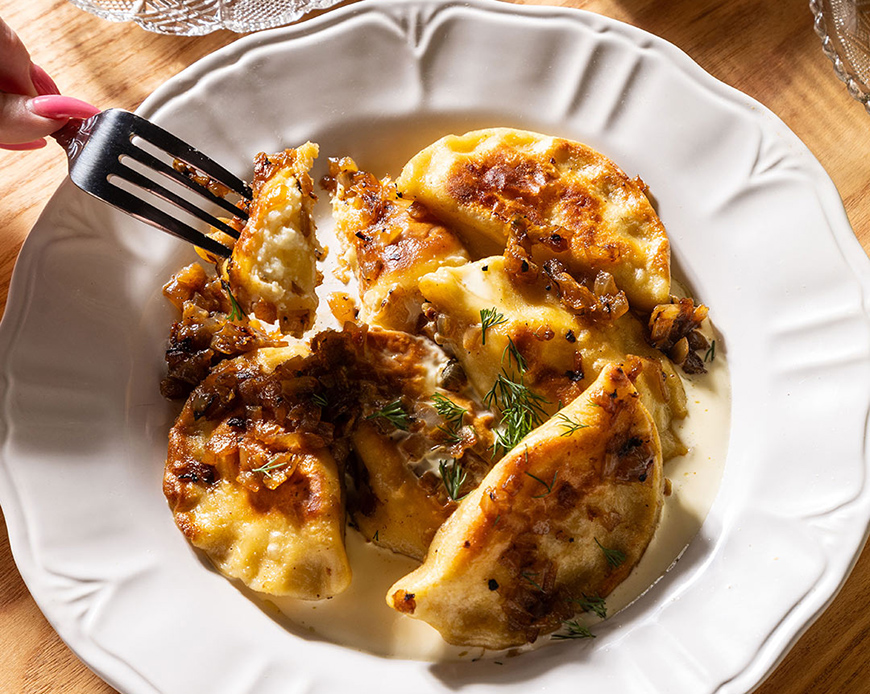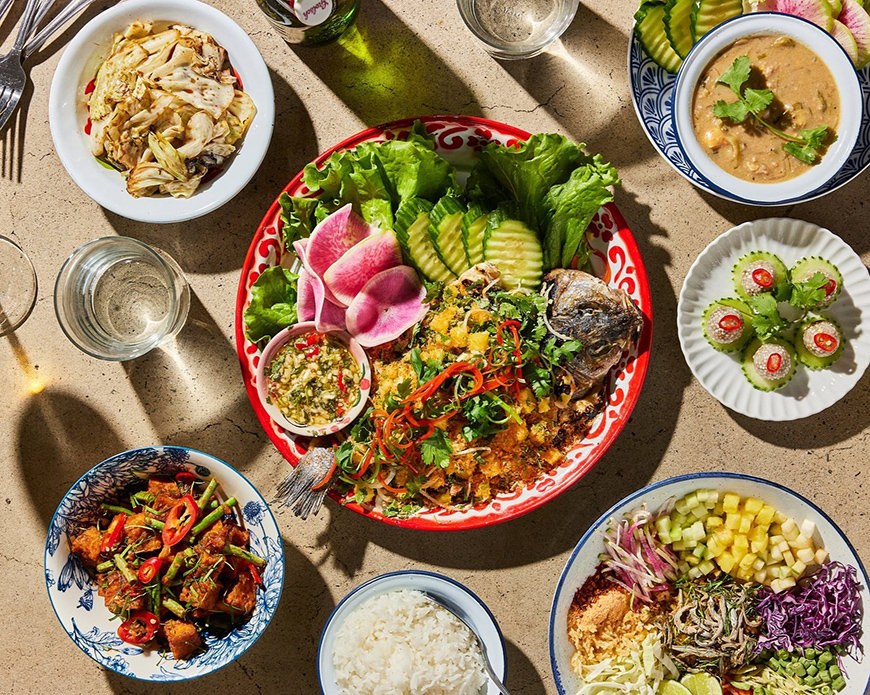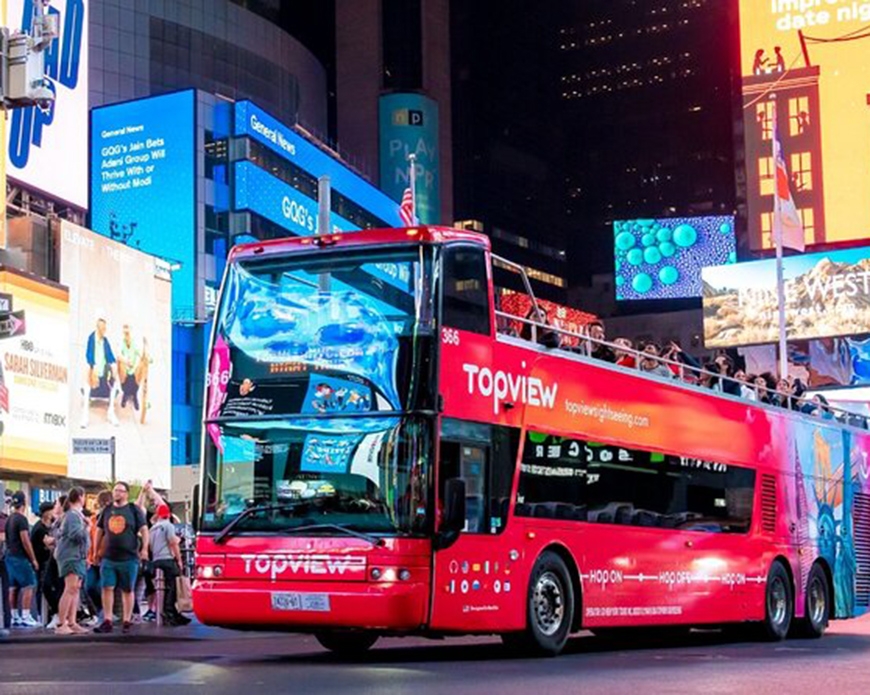I’ve long believed that food is the heartbeat of any city. In Philadelphia, beyond the famed cheesesteak, there’s a vibrant tapestry of cuisine reflecting its diverse communities. I’ve savored everything from Southern Thai curries to Cambodian–American fusion hot dogs. Here’s my personal guide to five Philly restaurants that locals love—each offering unique dishes, great service, fair prices, and plenty of personality.
1. Kalaya – Southern Thai Elegance in Fishtown
📍 Address: 4 W Palmer Street, Philadelphia, PA 19125 (Fishtown)
💰 Price: $25–40 per entree
⭐ Signature Dish: Tom Yum Hot Pot and Shaw Muang (frying pan dumplings) ⭐
Owned by James Beard Award–winning chef Chutatip “Nok” Suntaranon, Kalaya is a culinary gem beloved by locals for its Southern Thai authenticity. I first visited after hearing Chef Nok named Best Chef: Mid-Atlantic by the New York Times in 2023. Reservations are a must, often booking out weeks ahead.
🎯 My Experience
On a rainy evening, I ducked into the cozy space, greeted with lemongrass-scented water. I ordered the tom yum hot pot ($32) with shrimp—fiery, tangy, and perfectly balanced. The shaw muang dumplings ($14) were crisped dumplings filled with pork and coconut—light, crunchy, and addictive. The hostess shared the dumplings are inspired by Chef Nok’s childhood recipes.
👍 Pros & 👎 Cons
- Pros: Highly authentic Southern Thai flavor; small plates encourage sharing; excellent service with personal recommendations.
− Cons: Expensive by local standards; loud when full—less intimate for solo diners.
🔖 Booking Tip
Book online via their official site; mention dietary needs in advance—they are excellent at accommodating.
2. Mawn – Cambodian-American Fusion in the Italian Market Area
📍 Address: Approx. 9th Street near Italian Market, Philadelphia
💰 Price: $12–20 per dish
⭐ Signature Dish: Cambodian hot dog (crispy sausage with pickled mango slaw) and mango coconut rice pudding ⭐
A newer sensation featured in Food & Wine’s 2025 Tastemakers list, Mawn blends South Philly with Cambodian flavors in unexpectedly tasty combinations.
🎯 My Experience
I dropped in late afternoon and tried their signature Cambodian hot dog ($14)—a crisp pork sausage wrapped in rice paper, topped with pickled mango and peanut–cilantro slaw. It was bright, crunchy, and unlike anything I’d had in Philadelphia. For dessert, the mango coconut rice pudding ($8) was velvety, subtle, and oddly soothing after the bold hot dog flavors.
👍 Pros & 👎 Cons
- Pros: Creative fusion dishes; light, portable portions; SNAP-friendly pricing.
− Cons: Very small space—only bar seating; they close early (by 5 pm); cash preferred.
🔖 Lunch Tip
Visit around 3 PM to avoid lineup, carry cash (many locals prepay via Venmo), and check their Instagram for daily specials.
3. Little Walter’s – Pierogi Paradise in East Kensington

📍 Address: East Kensington neighborhood
💰 Price: $5–12 per variety
⭐ Signature Dish: Savory & dessert pierogi (e.g. sweet potato + marshmallow, classic cheese potato) ⭐
Voted Best New Dish by Eater Awards in 2024, Little Walter’s offers creative pierogi that feel like Philly comfort food meets food truck flair.
🎯 My Experience
On a crisp autumn afternoon, I ordered a sampler plate of four pierogi ($12). Highlights included sweet potato–marshmallow (like a sweet Thanksgiving mash-up) and jalapeño–cheddar savory pierogi. Each pierogi was pan-seared with butter and herbs. I chatted with the founder, who told me her family recipe evolved from Eastern European roots with a Philly twist.
👍 Pros & 👎 Cons
- Pros: Extremely affordable, playful plating, perfect finger food for walking.
− Cons: No indoor seating—only outdoor picnic tables; seasonal hours (closed in winter).
🔖 Ordering Tip
Check their website or Twitter for market locations or pop-up announcements—they rotate across farmers’ markets.
4. El Chingon – Sourdough Cemitas in South Philly
📍 Address: 1524 S 10th St, Philadelphia, PA 19146 (South Philly)
💰 Price: $15–18 per cemita
⭐ Signature Dish: Sourdough Cemita Sandwich with pork or chicken ⭐
A New York Times “50 Best Restaurants in the U.S.” list inclusion for 2023, El Chingon is where Philly meets Mexico via elevated sourdough bread and creative fillings.
🎯 My Experience
On a breezy spring afternoon, I walked in and ordered the pork cemita ($17), layered with avocado, chipotle mayo, queso fresco, and slaw. The bread had perfect crisp and air pockets. It was bold, but not greasy. The staff efficiently handled take-out orders even as a Toronto-based tourist in line asked if the cemita was gluten-free—the server politely explained the sourdough fermentation.
👍 Pros & 👎 Cons
- Pros: Excellent vegetarian and gluten-sensitive options; fast service; unique twist on South Philly.
− Cons: Limited seating; somewhat loud and bustling; fewer beverage choices beyond aguas frescas.
🔖 Visit Tip
Go around lunchtime but before 1 PM; they sometimes sell out by mid-afternoon. Cash and card both accepted.
5. Res Ipsa Cafe – Sicilian Soul Food Meets Philly All-Day Cafe
📍 Address: Rittenhouse Square area
💰 Price: $8–20 per dish
⭐ Signature Dish: Agrodolce chicken pasta and ricotta parfait or breakfast sandwich ⭐
A beloved Rittenhouse spot praised by Bon Appétit for its Sicilian‑Italian heritage menu and BYOB policy, Res Ipsa Cafe captures both breakfast and dinner vibes in a casual space.
🎯 My Experience
I visited early evening on a Sunday. Ordered half-portion of agrodolce chicken pasta ($14), tangy with vinegar and sweet peppers, plus a breakfast sandwich earlier that day ($8) filled with fresh mozzarella and prosciutto on housebread. The space felt like an intimate café, with host recommending pairing options. She even let me sample the ricotta parfait (low-sugar and layered with fresh berries).
👍 Pros & 👎 Cons
- Pros: Great for solo diners or laid‑back dinner; BYOB means wine pairing freedom; consistently reliable food.
− Cons: Limited takeout; open all-day but dinner menu only from Wednesday to Sunday.
🔖 Dining Tip
Make a reservation on weekends if you want dinner; come early to snag outdoor sidewalk tables in spring or fall.
🍽️ What Ties Them Together? Why These Spots Are Worth Exploring
- Local Roots: Each spot champions local ingredients, immigrant stories, or stylistic innovation reflective of Philly’s evolving culinary identity.
- Just-Right Pricing: None broke the bank. Meals ranged from $8 to $40, aligning with my travel budget.
- Memorable Flavor: From Cambodian fusion to Southern Thai rich broths, these rest stops stayed with me tastier than standard tourist meals.
- Authentic Ambiance: Whether seated on a picnic bench, bar stool, or cozy café table, the atmosphere felt distinctive and true.
📝 Booking & Practical Advice
- Reservations: Book well in advance at Kalaya and Res Ipsa (via OpenTable or their site). Mawn and Little Walter’s rely on walk-in or advance DM on social media.
- Timing: Weekdays generally quieter. Weekend lines can be long—aim for off-peak hours (2–4 PM).
- Payment: Some small vendors (e.g. Mawn) prefer cash or mobile payments; always ask.
- Portions: Most dishes are portioned for one or two; sharing is encouraged for sampling.
- Dietary Requests: Vegetarian and gluten-free dishes often available—just ask ahead.
💬 Why Philly’s Food Scene Goes Well Beyond Cheesesteaks (Expanded)
When most first-time visitors come to Philadelphia, the word “cheesesteak” inevitably appears in their itinerary—bolded, circled, maybe even underlined. And don’t get me wrong: a good cheesesteak can be deeply satisfying. But as someone who has worked in the travel industry for over ten years and has eaten my way across dozens of U.S. cities, I’ve come to learn that what defines a place isn’t just its most famous dish—it’s the meals locals crave after work, on quiet Sundays, during date nights, or after a long week.
Philadelphia, more than most cities I’ve visited, has a culinary culture rooted in community. Its most innovative and heartfelt food isn’t necessarily found in glossy high-rise restaurants or Michelin-starred rooms—though it certainly has those—but in neighborhood kitchens, mom-and-pop storefronts, converted food trucks, and immigrant-owned cafes. The meals I enjoyed at Kalaya, Mawn, Little Walter’s, El Chingon, and Res Ipsa weren’t just about eating—they were about feeling the city’s soul.
Each location had a story:
- Kalaya’s chef opened her restaurant as a tribute to her late mother. Every dish was like reading pages from her past.
- At Mawn, the marriage of Cambodian flavors and American street food told a story of migration, resilience, and creativity. A hot dog had never felt so emotionally charged.
- Little Walter’s pierogi tasted like Polish-Philly nostalgia meets modern artistry. I actually returned for seconds. The owner remembered my order—small gestures that make travelers feel like locals.
- El Chingon wasn’t just about the cemitas—it was about the unexpected friendliness of the staff, the hip-hop playing quietly in the background, and the playful, unpretentious service.
- At Res Ipsa, I lingered longer than planned. Watching other diners sip coffee, couples clink forks into pasta, and solo readers get lost in their books—there’s something very “Philly” about this comfort, this quiet urban poetry.

What Makes Dining in Philly Special?
- Cultural Layering
Philly’s culinary scene is influenced by waves of immigration—Italian, Jewish, Vietnamese, Mexican, West African, Cambodian, Dominican, and beyond. These flavors don’t exist in silos—they’re often interwoven, creating something new and uniquely Philadelphian. - Neighborhood-Led Innovation
Forget big chains. Philly’s food identity lives in neighborhoods like Fishtown, East Kensington, Point Breeze, and Passyunk Square, where rent is just cheap enough and community support strong enough to let young chefs take risks. - Hospitality Without Pretension
Everywhere I went, I was greeted with a smile—even at busy hours. Servers, chefs, and hosts all took time to explain dishes, share stories, or ask about my experience. That generosity is rare. - Affordability
Compared to cities like New York or San Francisco, Philadelphia offers extraordinary value. The quality-to-price ratio is among the best in the country. You can dine like royalty without paying like one. - Slow Food Meets Fast Access
Even the “fast food” here—like Cambodian hot dogs or pierogi from a sidewalk tent—is made with craftsmanship. At the same time, many places offer online reservations, QR-code menus, or pre-ordering options. Best of both worlds.
🌆 Come Hungry, Leave Connected
If you come to Philadelphia just for a cheesesteak, you’ll certainly get one. But if you stay for a while and eat where the locals eat, you’ll leave with more than full stomachs—you’ll leave with stories, surprises, and a connection to the city that goes deeper than any map can show.
Whether you’re wandering through Fishtown in search of Thai broth, biting into a cemita near the Italian Market, or grabbing a breakfast sandwich in Rittenhouse before the museums open, you’re not just eating—you’re participating in the life of a living, breathing city.
So my advice? Go beyond the cheesesteak. Follow your nose, ask locals for favorites, keep a loose plan, and try something unexpected. The real Philly flavor isn’t in one sandwich—it’s in its hundreds of tiny kitchens, each telling a different story, one plate at a time.




